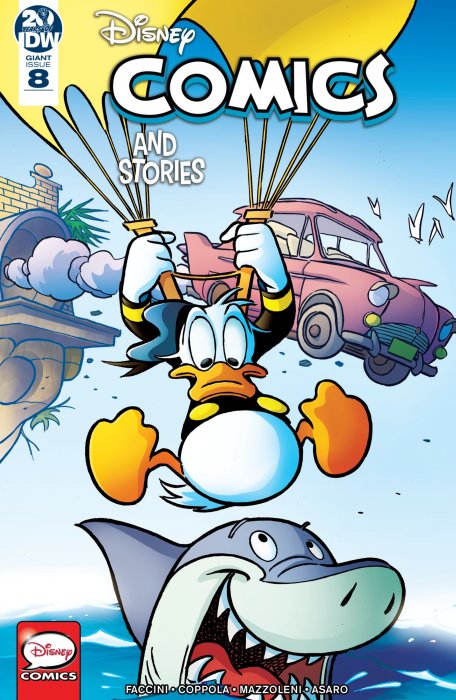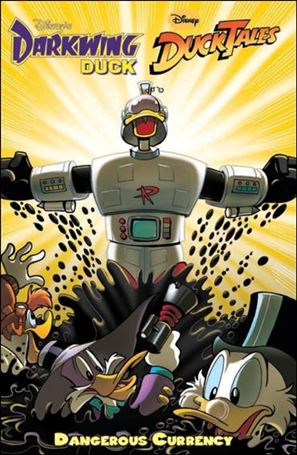
The art is most poignant when it mirrors what is happening in the narrator’s mind. Every once in a while, a page or a spread will be dedicated to a full image (a “splash”) or will have a large top panel and two smaller panels underneath. Those who enjoy the surreal artwork from The Golden Ageby Roxanne Moreil and Cyril Pedrosa, Junji Ito’s body horror-infused manga, or Richard McGuire’s masterful Here, the 400 pages of mostly undifferentiated layouts can get a bit tiresome. But the worst part, for Beaton, is “that they are familiar that they look like my cousins that they sound like me, in that accent.” And all that she can do is deal with it, hoping she can dig herself out of debt and move on to doing what she loves best: drawing.īeaton’s art style is a typical comic strip type that reads well enough, but isn’t really innovative - it’s more focused on solid storytelling. Instead of managers doing anything to change the environment, the workers (the women, specifically) have to change.

When the narrator tries to explain her recent encounters with male harassment to her superior, Jeff, he says, simply, “You knew this was a man’s world when you came. To report something almost does more harm than good for the victim. But the real joke is how ridiculous it is to get any help. “Learn to take a joke, right?” one worker tells her. What makes it harder is the fact that Beaton must navigate a world regulated by greed, masculinity, and silenced suffering.

Integration into a new workplace is never easy, as the narrative so easily, and swiftly, proves.

“This student loan is a foot on my neck,” the narrator tells her family.Īnd like families, workspaces are not always happy ones. Her situation - and by association her family’s situation - shows just how hard it is not only to make a mere living, but to keep the debt collectors at bay. At least, that’s how Kate Beaton’s graphic novel, Ducks: Two Years in the Oil Sands, paints them, but it does so to criticize how sexual harassment gets swept under the rug, how the working class continues to be left behind, and how the environment suffers from capitalist greed.ĭetailing Beaton’s own time working in the Canadian oil fields to pay off her student loans, Ducks illustrates an all-too-familiar, male-dominated, working-class industry in unsparing details of sexual assault, intoxication, and depression. Moreso, when just one or two women are thrown in with the nether-region-scratching lot, men have the distinction of behaving as if they have paste for brains. Think Pat Baker’s The Silence of the Girls, Ian Banks’ The Wasp Factory, or Cormac McCarthy’s Blood Meridian.

For people who read regularly, it shouldn’t come as a surprise that men are often depicted as acting like apes when women aren’t around.


 0 kommentar(er)
0 kommentar(er)
